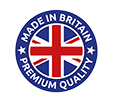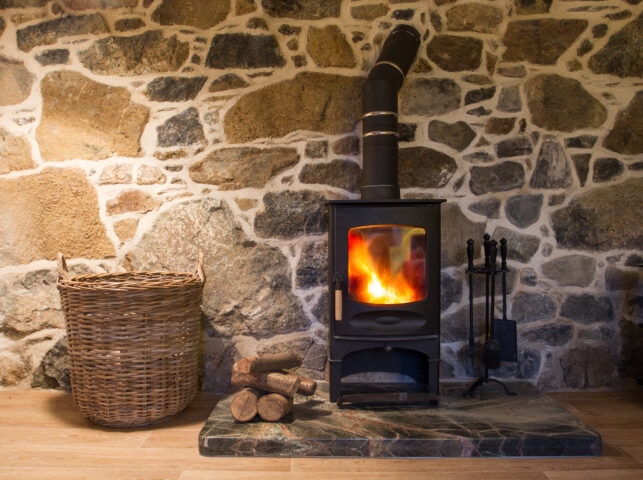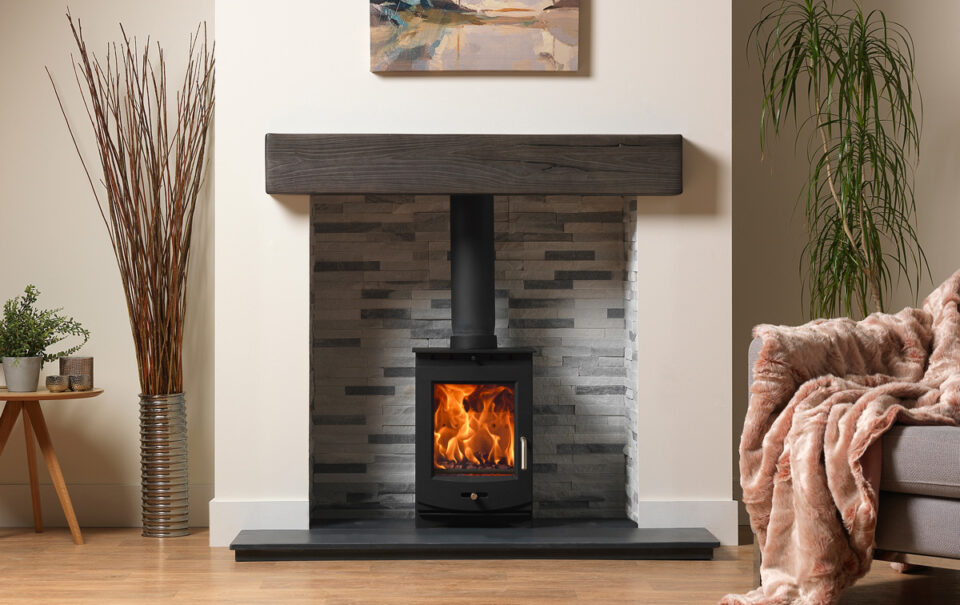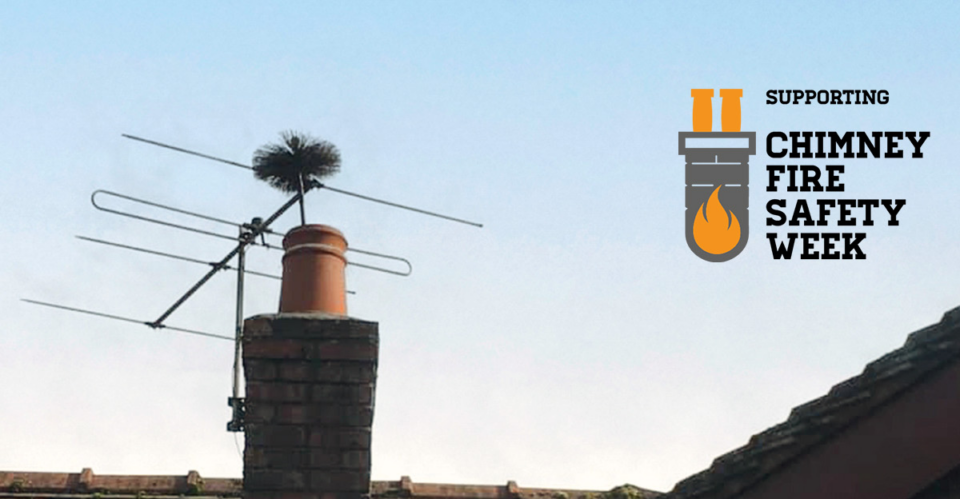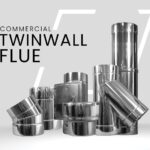
Our Twin Wall Range Just Got Bigger!
September 16, 2022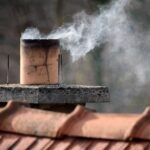
Keep your family safe – top tips to prevent chimney fires
February 8, 2023Did you know? Burning the wrong fuels at home, such as wet wood or some types of coal, releases harmful smoke into the air which, when mixed with other emissions in your chimney, can affect your health. If you have an open fire or stove, there are some easy steps you can take to improve the way you burn.
Cleaner alternatives such as dry wood and manufactured solid fuels not only produce less smoke and pollution than wet wood or traditional house coal, but are also cheaper and more efficient to burn. When buying solid fuels, look for the Ready to Burn logo.
Additional rules apply in smoke control areas in England, Scotland, Wales and Northern Ireland.
Why is it important to improve the way we burn in the home?
Air pollution is the biggest environmental risk to public health and we need to take action to reduce the most damaging air pollutants.
Burning at home is a major contributor to a type of pollutant called fine particulate matter, which is present in smoke. These tiny particles can damage your lungs and other organs, and harm the health of you and your family.
Making small changes to how you burn can provide benefits such as helping to:
- improve the air we all breathe by reducing the amount of pollution produced
- keep you and your family safe by reducing the risk of chimney fires
- get the most out of your open fire or stove so that it performs better, helping you use less fuel to produce more heat.
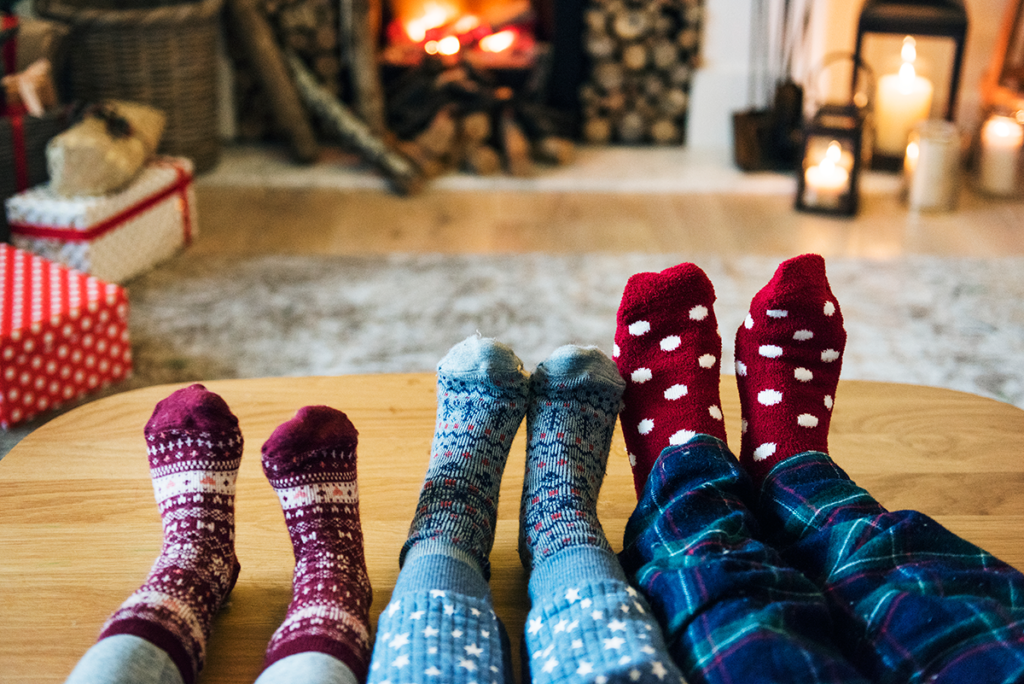
How do you know which fuels to burn?
It can be difficult to know which fuels to choose to reduce pollution. Wood sold in volumes under 2m³, and manufactured solid fuels, must be certified as ‘Ready to Burn’. If you buy fuel accompanied by the ‘Ready to Burn’ logo, you can be confident that you are protecting yourself and your family from the effects of the most polluting fuels.
To find out which areas of England are designated smoke control areas, please visit the smoke control area map. Please note, the data on this map is indicative only and you should always contact your local authority to confirm if you live in a smoke control area.
There are additional regulations that apply to burning in these areas and you could be committing an offence if smoke is released from the chimney of your home: See www.gov.uk/smoke-control-area-rules for details.
You should always check which fuel types are recommended for your appliance. Using the wrong fuel could damage your appliance, affect your chimney, as well as invalidating your warranty.
Wood
If you are buying wood in smaller volumes (up to 2m³), you should look for the approved ‘Ready to Burn’ logo. The logo confirms that the fuel has a moisture content of 20% or less. You will find the logo on the fuel’s packaging, alongside it on the shelf or next to the price. The logo will be accompanied by the manufacturer/supplier’s details, and a certification number.
Small-scale wood producers (selling under 600m³ a year) have until 1 May 2022 to comply with the certification rules.
We recognise that many people dry out (or season) their wood for use at a later stage. You can buy wood in larger volumes (2m³ or more) with a higher moisture content. This will be sold with guidance for consumers on how to dry it to ensure that it is suitable for burning. People who have access to their own wood supply are advised to store this in a dry area, allowing it to air dry for a least 2 years before burning. We would also advise people to use a moisture meter to establish the water content and not burn wood with a moisture content above 20%.
Burning wet wood produces lots of smoke and creates tar deposits which can damage your appliance and chimney, increasing maintenance costs and the risk of chimney fires.
Look for sustainably sourced wood. Make sure that you store it in a way that keeps it dry. You’ll get less smoke and better heat efficiency. This also means your appliance and chimney will require less maintenance, saving you money in the long run.
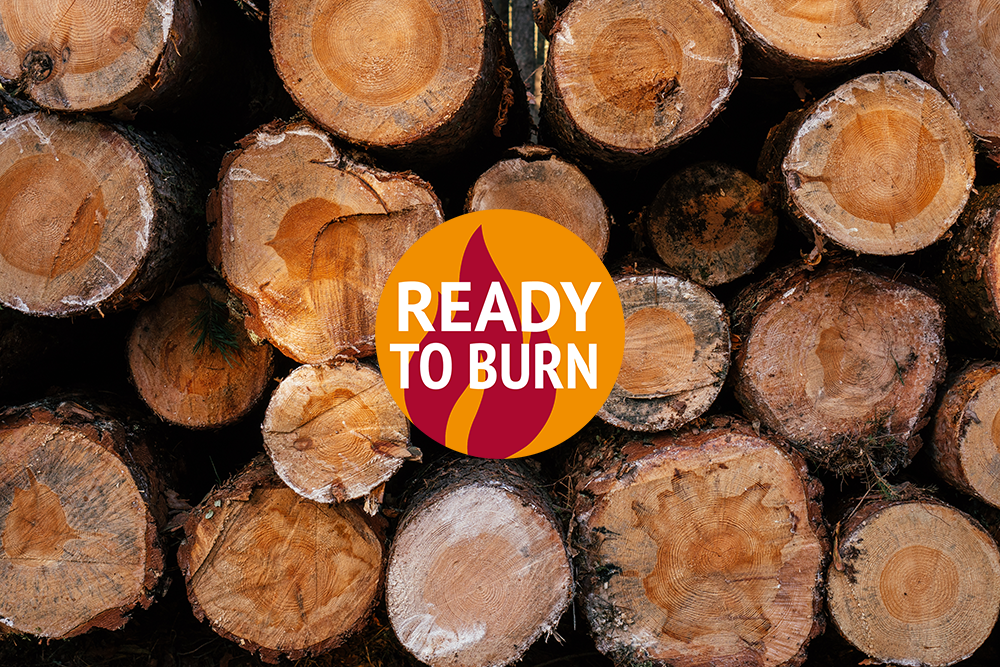
When you are looking to purchase wood, you should:
- look for the ‘Ready to Burn’ logo on packaging
- ask your supplier for advice on how to properly store and season wood at home, especially if you’re buying loose logs to dry yourself
- store logs in a dry area, allowing them to air dry for at least 2 years before burning if you’re producing your own logs for burning
- use a moisture meter to measure the water content of the wood – moisture levels should be 20% or less before burning
- check for signs your wood is ready to burn if you cannot use a moisture meter
- weight – when comparing similar sized logs and the same species, if the log is heavier this can indicate it is still wet
- sound – a hollow sound when tapping indicates dry logs
- cracked ends – can indicate dry logs
- bark – the looser the bark the drier the log
- colour – dry wood can be lighter in colour
- always avoid burning treated wood, such as painted, stained or chemically treated wood (such as old furniture, pallets and medium density fibreboard) – these release dangerous pollutants which could have a serious impact on human health
Manufactured Solid Fuels
You should look for the approved ‘Ready to Burn’ logo. The logo confirms that the fuel meets the sulphur and smoke emission limits. Consumers will find the logo on the fuel’s packaging, alongside it on the shelf or next to the price. The logo will be accompanied by the manufacturer/supplier’s details, and a certification number.
Manufactured solid fuels are available in a range of forms, such as briquettes and fire logs.
Before purchasing manufactured solid fuels, check your appliance manual to make sure which specific fuels can be used. Incorrect use can cause damage to your appliance.
Check this list of fuels that are approved for burning in smoke control areas and can be used more widely.
These manufactured solid fuels are exempt from the certification requirements:
- coffee logs
- olive logs
- wine logs
- fuels where they are mostly made of wheat husks, straw, miscanthus, bamboo or compressed food waste
Coal
The World Health Organization classifies coal smoke as a carcinogen. If you currently burn coal, you should consider switching to an alternative fuel, such as manufactured solid fuels known as briquettes for use on open fires and for stove users you could use smokeless coal known as anthracite or consider manufactured solid fuels but make sure the fuel used is suitable for your appliance.
You can no longer buy the most polluting coal (bituminous or traditional house coal). This ban will not immediately apply to loose coal sales direct to customers via approved coal merchants. These can continue until 1 May 2023. Other types of coal, including anthracite, semi anthracite and low volatile steam coal will continue to be available due to their inherently smokeless nature.
Find a local approved coal merchant.
Traditional house coal extracted and sold from the Forest of Dean is exempt. This can continue to be sold locally.
What stove should I use?
There are rules on the types of stoves you should use in smoke control areas if using certain fuels, information can be found here. Since January 2022 new stoves entering the UK market must be Ecodesign compliant. They produce lower emissions and are more efficient than non Ecodesign stoves and open fires. The SIA says that an Ecodesign Ready appliance used with properly seasoned wood fuel reduces particulate emissions by up to 90% compared to an open fire.
At FSM Group we offer a range of Ecodesign approved stoves, for further information visit https://oakleafstoves.com/
Call our sales team on 0344 800 6586 Monday to Friday between 9am – 5pm or contact your Area Sales Manager for trade prices.
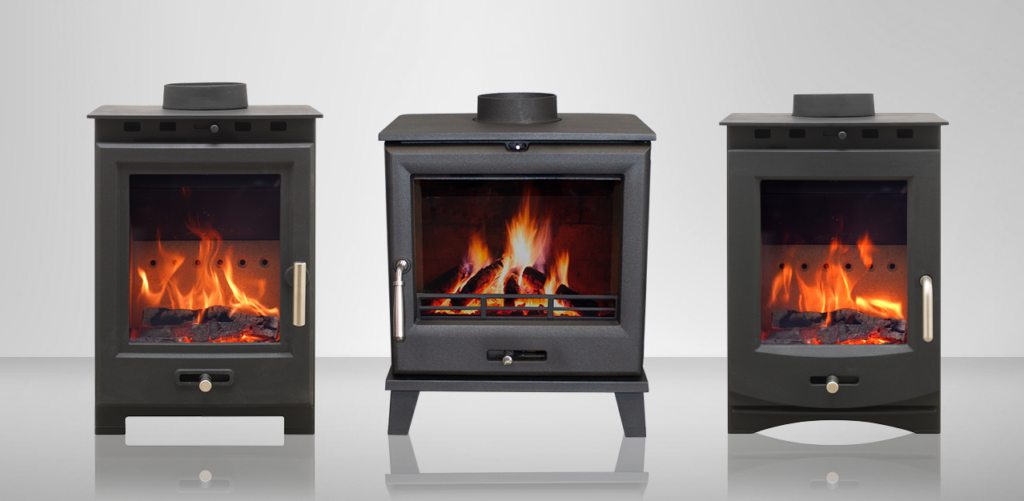
How do you maintain your open fire or stove?
Regularly maintaining your open fire or stove means it will perform better, using less fuel to produce more heat.
To properly maintain your appliance, you should:
- always use your open fire or stove in line with the manufacturer and installer’s guidance including only burning suitable fuels
- make sure your open fire or stove is installed by a registered/certified installer – if you’re unsure whether your current system was installed correctly, you may want to consider having it serviced
- get your stove serviced once a year
- get your chimney swept at least once a year as soot and tar build up in your chimney over time, reducing its efficiency and increasing the risk of chimney fires
To find a professional and/or registered chimney sweep near you, you can search online or click one of the following links; the Federation of British Chimney Sweeps website, the Sweep Safe website, or the HETAS website.
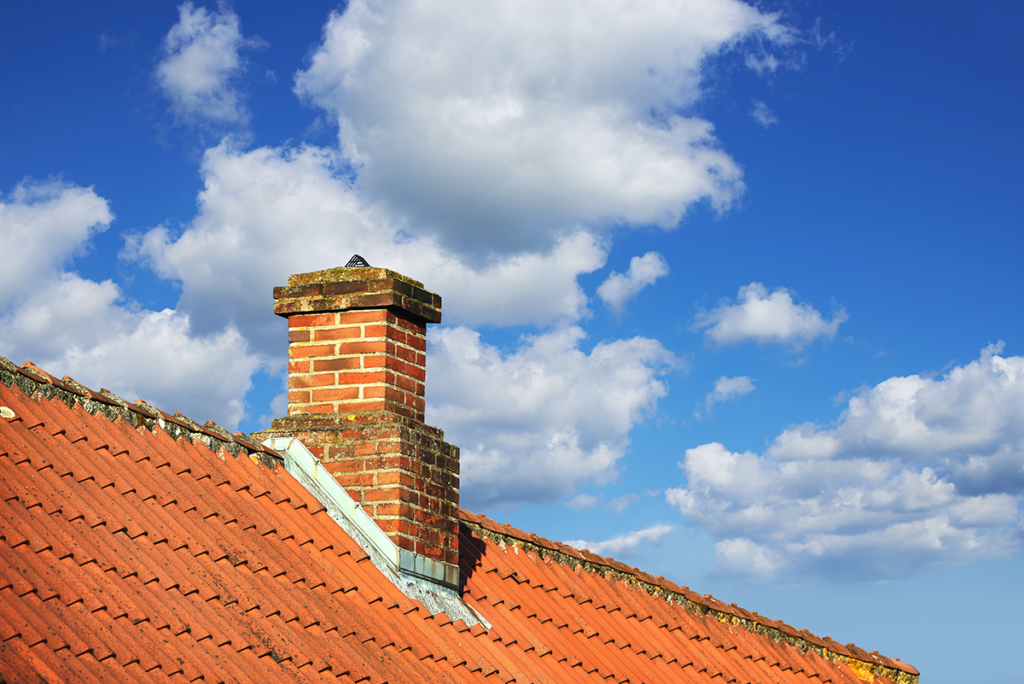
Further information
Watch a video on good burning practices: www.burnright.co.uk
Find a local wood supplier: www.readytoburn.org
Find advice about solid fuels, safety and energy efficiency at the Solid Fuel Association website: https://solidfuel.co.uk/
See advice leaflets on a range of topics on the HETAS website: https://www.hetas.co.uk/consumer/hetas-advice/

